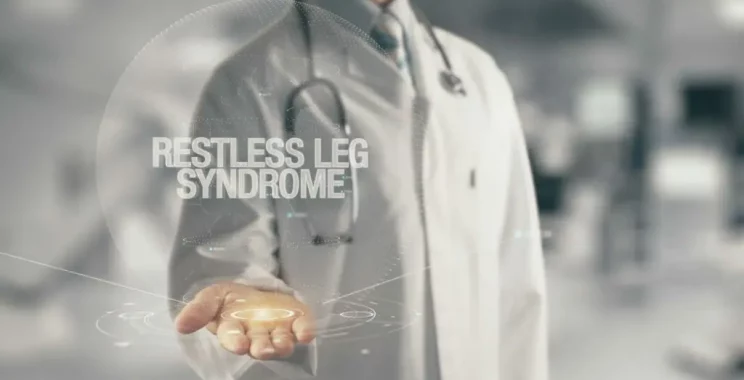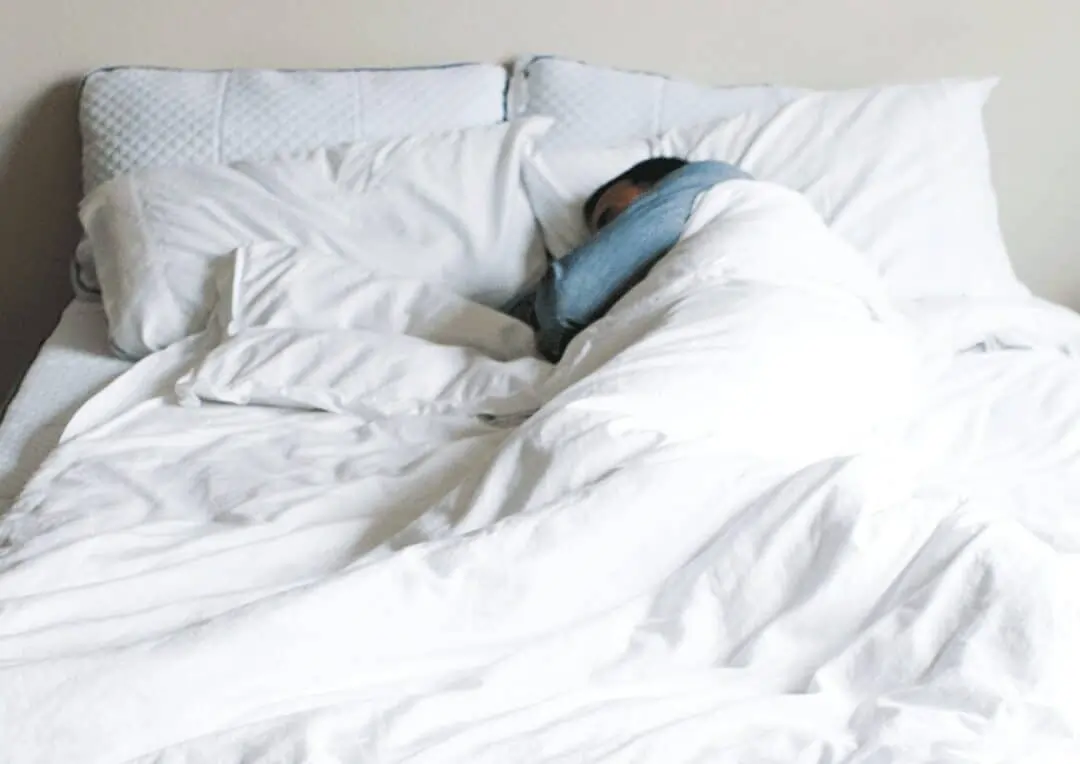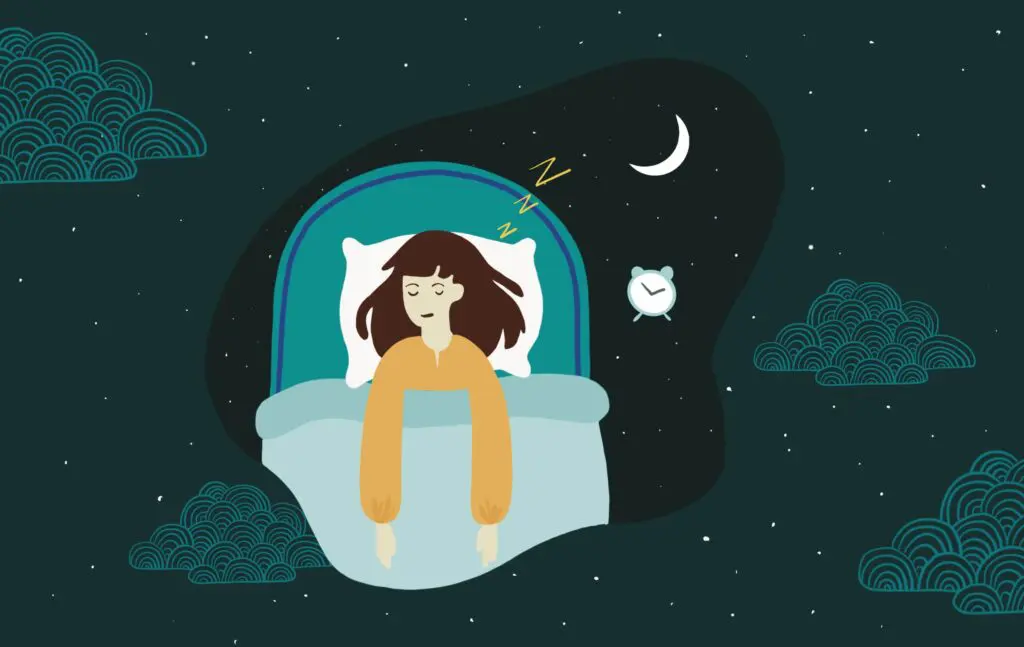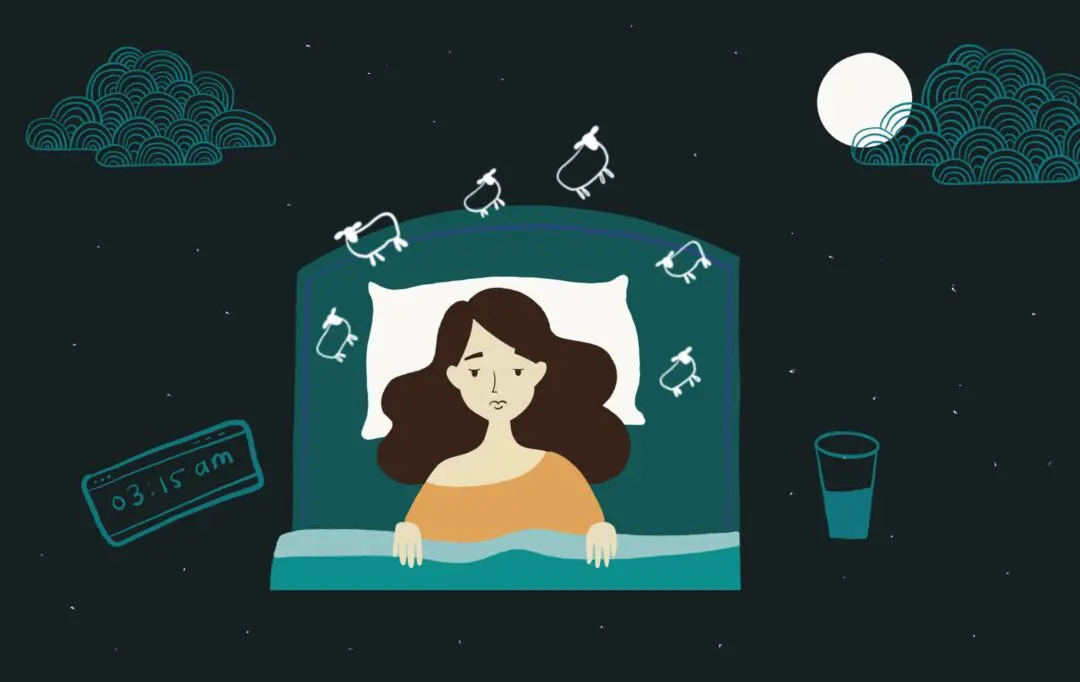Restless Legs Syndrome
Share
Fact checked
Reviewed by experts
Updated
December 13, 2022
Quick read
5 mins to read
List of Content
For the one out of ten people who are suffering from Restless Legs Syndrome (RLS) symptoms, sleep can be a nightmare. That’s because aside from having no definite cure, Restless Legs Syndrome, also known as RLS, can last for a lifetime. Although the condition and symptoms can be lessened with medications and simple home remedies, there are still some gaps left to be filled when it comes to dissecting the neurological disorder.
Do you have RLS? Read more to educate yourself on your condition and the treatment you can use to alleviate RLS symptoms and achieve quality sleep.
What Is Restless Legs Syndrome?

Restless Legs Syndrome or RLS is a condition of the nervous system that causes an irresistible urge to move your legs constantly. The movements typically occur when you are about to sleep at night and sometimes come with overwhelming sensations of cramping. Although the debilitating urge can be lessened by movement, it only brings a slight alleviation for a few seconds and comes back again in the same intensity. Because of that, RLS can impede sleep and eventually dampen the body’s natural circadian rhythm.
The restless legs syndrome or RLS disorder is also known as Willis-Ekbom disease and is typically identified as RLS/WED. The diagnosis can happen at any age, but generally becomes increasingly aggravating through time. Because it interferes with sleep and causes daytime sleepiness and sleep apnea, it is classified as a sleep disorder. However, it is more appropriate to categorize it as a neurological disorder since its symptoms are caused by peripheral neuropathy.
RLS symptoms can result in constant mood changes, physical exhaustion, and a loss of focus that can eventually lead to lower mental performances. People may have a difficult time maintaining personal relationships. It’s not unusual for people who suffer from RLS symptoms to find themselves unable to carry out simple tasks. Sleep studies show that severe RLS can decrease productivity by twenty percent, make traveling difficult and possibly dangerous. It can also be a precursor to mental health problems.
The Restless Legs Syndrome Foundation notes that up to eight percent of the general adult population experiences RLS restless legs syndrome. The condition affects more women than men. RLS symptoms often occur during pregnancy. About eighty percent of the people who suffer from RLS also struggle with periodic limb movement disorder or PLMD symptoms. The PLMD movement disorder, which includes sensations of involuntary twitching of the legs during sleep, is not to be mistaken with restless leg syndrome RLS.
Restless Legs Syndrome Symptoms
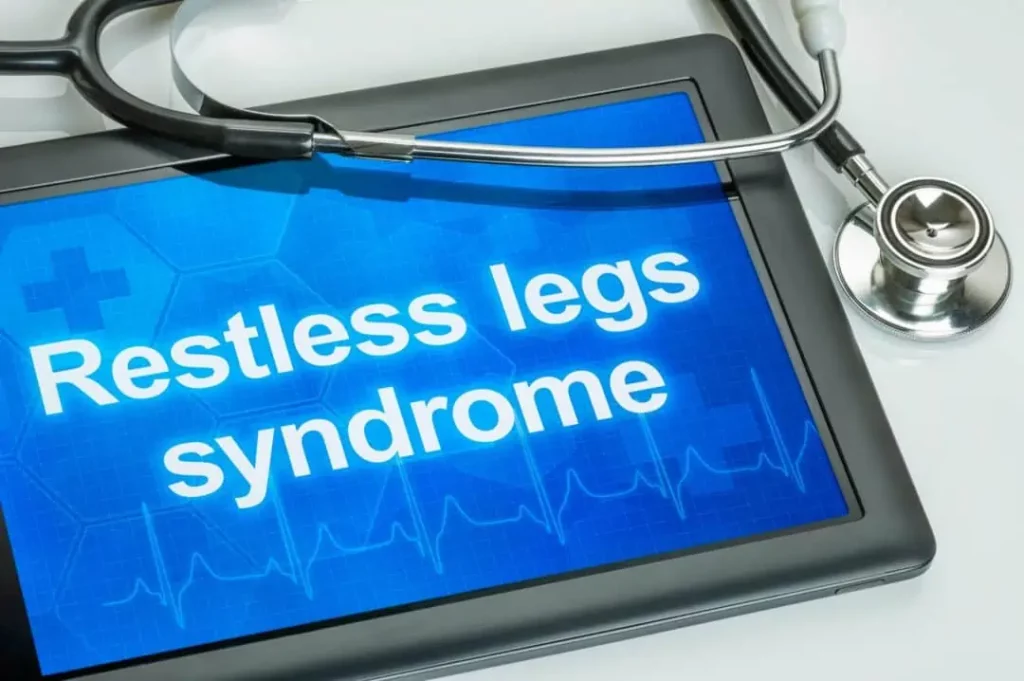
How do you know if you have restless-legs syndrome? There is no particular diagnostic exam or blood tests in determining RLS. However, if you experience one or more of the following sensations, it is best to see a doctor for the appropriate treatment.
- If you feel an uncontrollable, sometimes painful, urge to move your legs. The symptoms usually begin in the lower legs and creep up to the arms and chest. These sensations frequently seem to be a burning, aching feeling, and should not be mistaken with muscle cramps.
- If the urge and symptoms described above subside after doing repetitive movements such as shaking or pacing back and forth.
- If the condition occurs when you are at rest and especially when you are about to sleep. It can also occur in people who often travel via long-haul flights.
Restless Legs Syndrome Causes
Excess dopamine production
The causes of restless legs symptoms or RLS are still unknown. However, double-blind placebo-controlled tests conclude that the condition may have to do with the damaged transmission of dopamine signals in the brain.
Dopamine is the neurotransmitter that is responsible for the regulation of mood and movement. When dopamine production becomes uncontrolled, it can result in RLS symptoms such as the impulsive and violent urge for the legs or arms to jerk or twitch
Iron deficiency anemia
Aside from excess dopamine, another factor that is being linked to restless legs syndrome is iron deficiency anemia. Brain exams show that people who experience restless legs syndrome have deficient amounts of iron. To add to that, over eighty percent of children diagnosed with restless legs syndrome have excess dopamine production and low ferritin or iron.
Genetics
Even without dopaminergic drugs, people can still acquire restless legs syndrome through genetics. If their genetic variant consists of protein types associated with restless legs syndrome, they are highly likely to develop the symptoms. That is also true with people who have a history of heavy menstrual periods, bleeding of bowels, or anemia.
ADHD
People who are diagnosed with ADHD or attention deficit hyperactivity disorder are more likely to develop RLS symptoms simply because dopamine abnormalities cause both conditions. Medications and treatment for ADHD are also applicable to RLS patients. Furthermore, a 2005 study points out that 26 percent of RLS patients have ADHD symptoms while 44 percent of ADHD patients have coexisting RLS.
Other risk factors
There are various risk factors and underlying health problems that may cause symptoms of RLS. Diseases such as Parkinson’s disease, limb movement, rheumatoid arthritis, kidney failure, and diabetes are all possible precursors to RLS. When a doctor injects anesthesia to your spinal cord for surgery, it also doubles your risks of developing symptoms of restless legs. Medications such as antidepressants, calcium channel blockers, and anti-nausea drugs can also trigger symptoms.
Restless Legs Syndrome Treatment
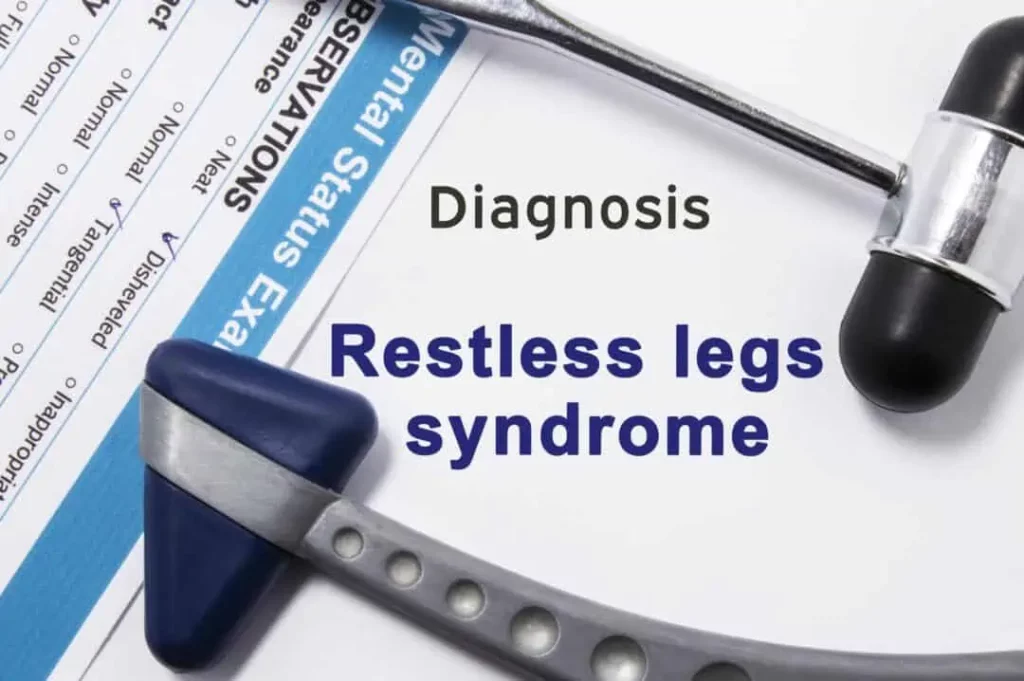
Medications
Gabapentin enacarbil is one of the leading medications for treating the symptoms of RLS. It is approved in both the USA and Japan and relief to moderate to severe cases of RLS. Common anti-seizure drugs used for periodic limb movement can also lessen the twitching of the legs.
A rotigotine patch is a type of relaxis pad that is also used to treat Parkinson’s disease patients. It can also be applied to problem areas every night to reduce RLS symptoms, leg movements, and better sleep.
As mentioned earlier, iron deficiency can be one of the causes of RLS. The first-line treatment for people who have symptoms of low blood count is a transferrin saturation which includes taking one or more over-the-counter iron supplements.
The body does not easily absorb iron through the gut; therefore stomach upset and low sleep quality should be expected. Iron supplementation may improve symptoms of RLS or it may not. The next best treatment would be iron supplementation through an IV line to alleviate symptoms.
This website does not offer medical advice nor professional medical services; rather, it is provided solely for educational, informational, and/or entertainment purposes. Individuals seeking medical advice should consult a licensed physician. The information provided should not be used for diagnosis or treatment of any condition, disease, or injury. When you have a medical condition, you should always talk to licensed doctor or other certified medical professional. You should never delay seeking professional medical advice or treatment based on the contents of this website. Call 911 or immediately go to the nearest emergency room if you think you may have a medical emergency. The contents of this website are provided “as-is”, Sleep Authority and its parent, subsidiaries, affiliates, employees, contributors disclaim any warranty of the information contained herein. Please contact using contact form to report any errors, omissions, misinformation, or abuse.
Sleep Authority is brought to you by Resident, the company that brings you Nectar, DreamCloud, Awara, Wovenly, Bundle, Home Well Designed and Level Sleep.
